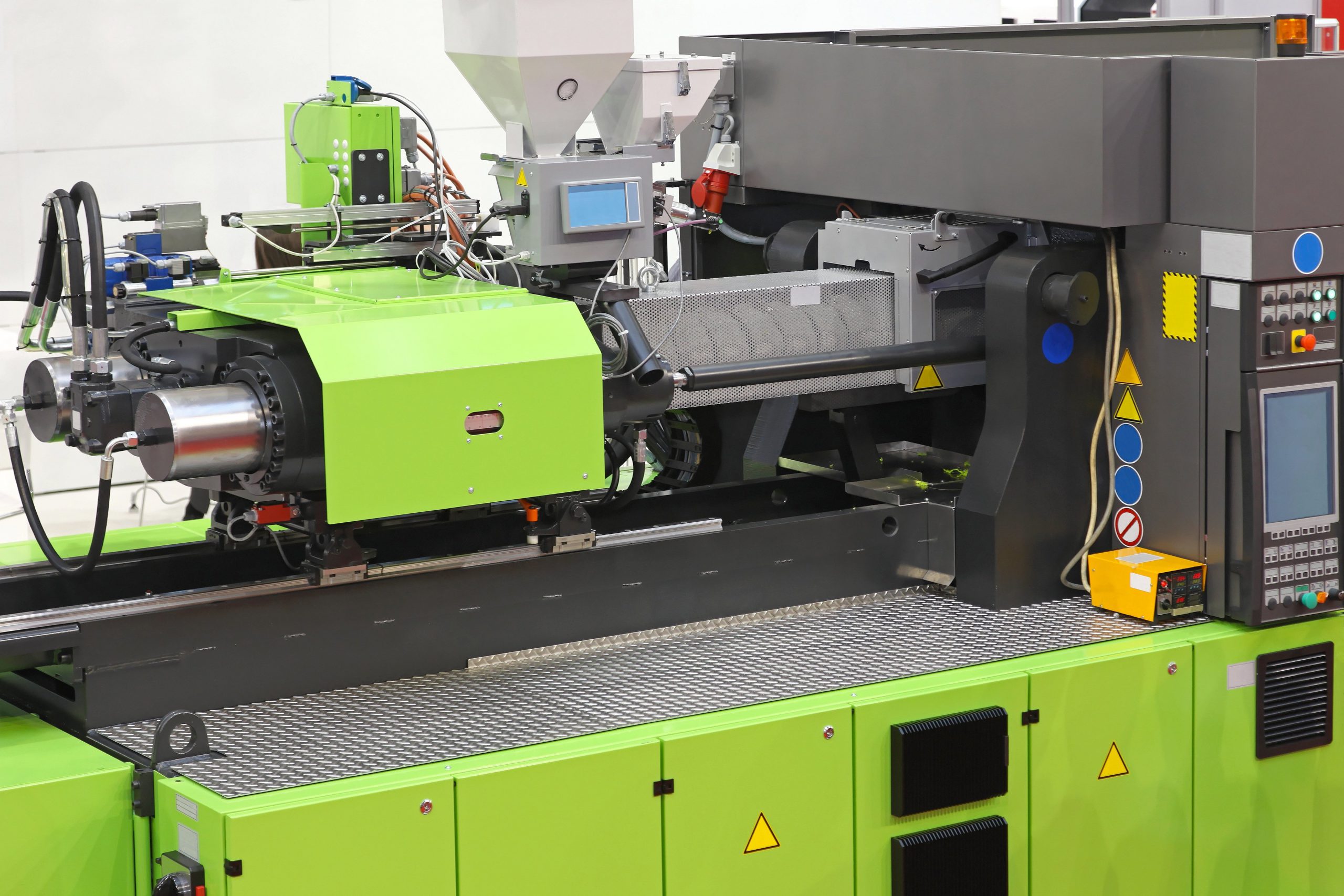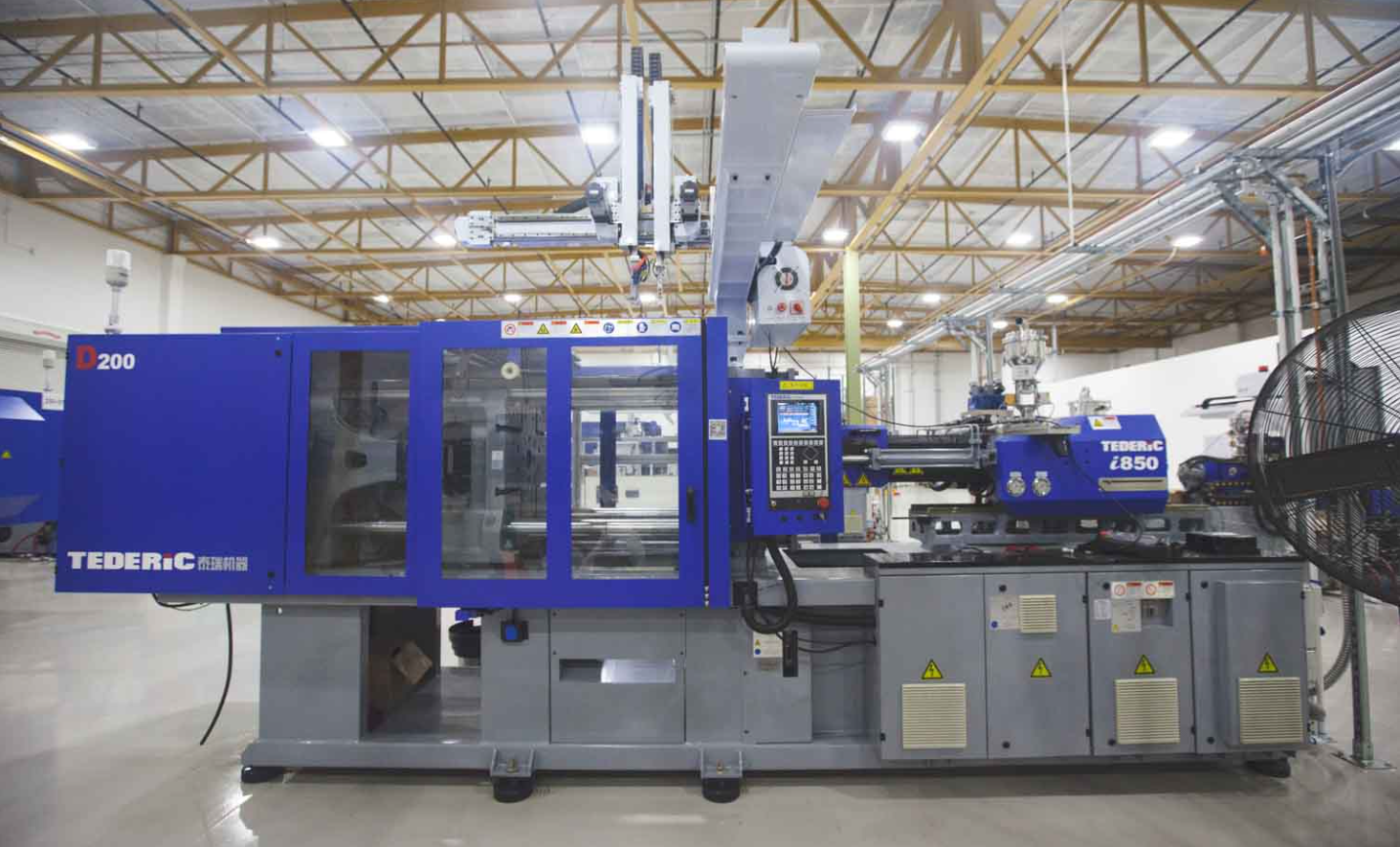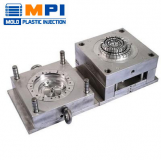Plastic injection molding makes everyday stuff like toys, containers, and car parts. It’s like magic! Manufacturers use it to make lots of perfect plastic parts. Think of hot, gooey plastic getting squished into a special mold. It cools fast and becomes just right. Injection molding is super quick and works for many things, making life better. In this article we’ll explore Plastic Injection Molding step by step Process.
What is Plastic Injection Molding?
Plastic injection molding is a cool way to make all kinds of plastic items. First, you need a metal mold, like a shape or pattern. Then, you heat tiny plastic pieces until they turn soft and gooey. After that, you push this melted plastic into the mold with lots of pressure. The plastic takes the shape of the mold and cools down. Once it’s cool, you carefully open the mold, and voilà! You’ve got your plastic thing ready to use or sell. It’s a fast and precise way to make stuff, from toys to car parts. Plastic injection molding is like magic for plastics!

How Does Plastic Injection Molding Work?
Here’s a simple and friendly step-by-step guide on how plastic injection molding works:
Get the Mold: First, you need a custom-made mold, which is like a hollow block with the shape you want to create.
Prep the Material: Load plastic pellets into a hopper, which is like a big funnel on top of the molding machine.
Heat it: The machine melts the plastic by heating it to a precise temperature, making it gooey.
Inject the Plastic: The molten plastic is then pushed into the mold under high pressure.
Cool Down: The mold is cooled, which makes the plastic harden and take the shape of the mold.
Open the Mold: The mold opens, revealing the newly formed plastic part inside.
Eject the Part: A mechanical arm or pins push the part out of the mold.
Repeat: The whole process happens really fast, so you can make lots of parts quickly.
Inspect and Trim: Check the parts for defects and trim off any excess plastic.
Reuse: You can recycle any leftover plastic to minimize waste.
Why is injection molding used for plastic?
Injection molding is widely used for plastic manufacturing for several compelling reasons. Let’s explore why in simple terms:
Precision and Detail: Injection molding allows for intricate and precise designs in plastic products. It can create complex shapes with fine details, which is hard to achieve using other methods.
Consistency: This process ensures consistent quality across thousands or even millions of parts. Each piece matches the exact specifications of the mold, maintaining uniformity.
High Production Speed: Injection molding is incredibly fast. It can produce numerous parts in a matter of seconds, making it ideal for mass production.
Cost-Efficiency: Once the initial mold is made, the cost per unit decreases significantly as production increases. This makes it cost-effective for large quantities.
Minimal Waste: Since it’s a precise process, there’s minimal material wastage. Any excess plastic can be recycled, reducing environmental impact.
Wide Range of Materials: Injection molding works with various plastic materials, including thermoplastics and thermosetting polymers, allowing for versatility in product applications.
Strength and Durability: Products made through injection molding tend to be sturdy and durable. They can withstand various conditions and stresses.
Design Flexibility: You can modify molds relatively easily to adapt to design changes or create variations of a product without major retooling.
Smooth Finish: Injection-molded parts usually have a smooth and polished finish, reducing the need for additional finishing processes.
Reduced Labor: The process is highly automated, requiring minimal human intervention, which reduces labor costs.
Low Maintenance: Injection molding machines are robust and require little maintenance, ensuring consistent production.
Consistent Wall Thickness: It’s excellent for maintaining uniform wall thickness in plastic parts, crucial for structural integrity.

Step-by-step Plastic Injection Moulding Process
Here’s a step-by-step guide to the plastic injection molding process, explained in simple terms:
Step 1: Designing the Mold
Before anything else, you need a mold. Think of it as a custom-shaped hollow block. It’s designed to create the plastic part you want. Engineers carefully craft these molds, ensuring they match the desired product’s shape and dimensions.
Step 2: Preparing the Material
Plastic pellets are loaded into a hopper, which acts like a big funnel on top of the injection molding machine. These pellets are typically made from materials like polyethylene, polystyrene, or polypropylene.
Step 3: Melting the Plastic
The machine heats the plastic pellets to a specific temperature until they turn into a gooey, molten form. This process ensures that the plastic can easily flow into the mold’s cavities.
Step 4: Injecting the Plastic
Once the plastic is molten, it’s forcefully injected into the mold under high pressure. Think of it like filling a cake mold with batter, but much faster and with precision.
Step 5: Cooling Down
As soon as the molten plastic fills the mold, the mold is cooled rapidly. This cooling process solidifies the plastic, transforming it from a hot, gooey mess into a hard, solid part that perfectly matches the mold’s shape.
Step 6: Opening the Mold
After the plastic cools and hardens, the mold opens up, revealing the newly formed plastic part inside. It’s a bit like opening a book.
Step 7: Ejecting the Part
A mechanical arm or pins then push the part out of the mold, much like popping an ice cube out of an ice tray. This part is still hot but quickly cools down.
Step 8: Repeat and Repeat
The entire injection molding process happens incredibly fast, allowing for the rapid production of identical parts. This repetition makes it ideal for mass-producing items like plastic bottles, car components, and countless other products.
Step 9: Inspecting and Trimming
To ensure quality, the parts are inspected for any defects or imperfections. Any excess plastic, known as flash, is trimmed off. This step ensures that only perfect parts move on to the next stages of assembly or packaging.
Step 10: Recycling
Any leftover or excess plastic can be recycled. This eco-friendly aspect reduces waste and environmental impact.
Step 11: Quality Control
Before the parts are sent out to be used in various products, they undergo rigorous quality control checks. This ensures that the parts meet the necessary standards and specifications.
Step 12: Assembly (if needed)
Depending on the product, the injection-molded parts may need further assembly. This can involve combining different parts, adding additional components, or attaching labels and packaging.
Step 13: Packaging and Distribution
Once everything is perfect, the finished products are packaged and ready for distribution. From here, they can be shipped to manufacturers, retailers, or directly to consumers.
Final Words
Plastic injection molding is an essential and ingenious process in today’s manufacturing world. Its precision, speed, and cost-efficiency make it the go-to method for creating an array of plastic items. From household items to intricate machine components, it plays a vital role in our daily lives. While it might seem complex, the concept is straightforward: heat plastic, shape it, cool it, and voilà—a perfectly formed product. Its contribution to reducing waste through recycling and ensuring consistent quality make it not only a smart manufacturing choice but also a sustainable one.

